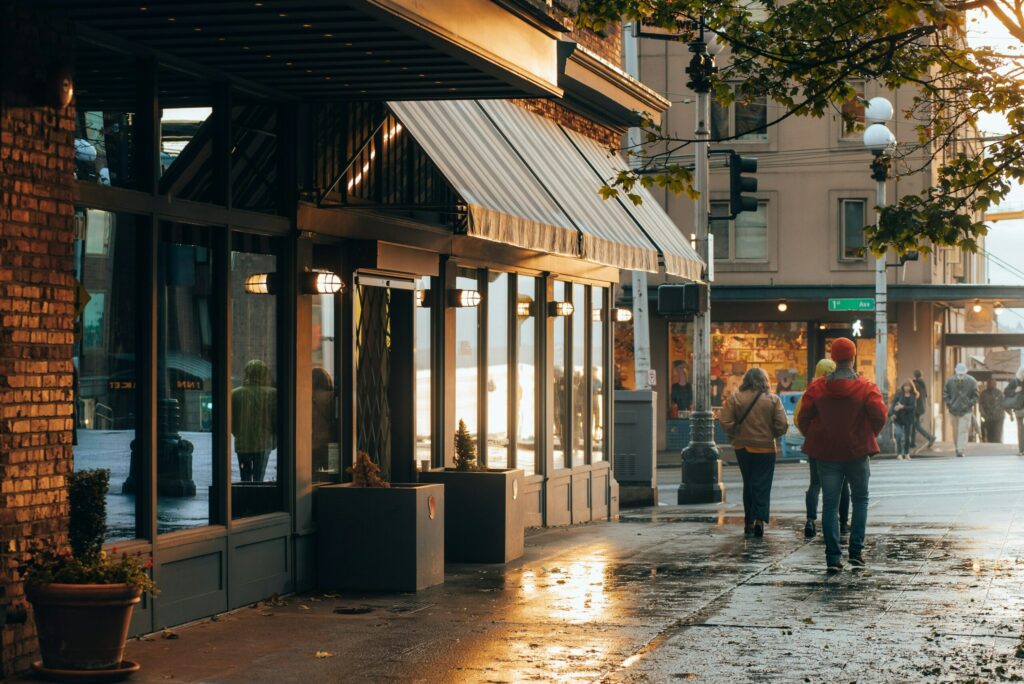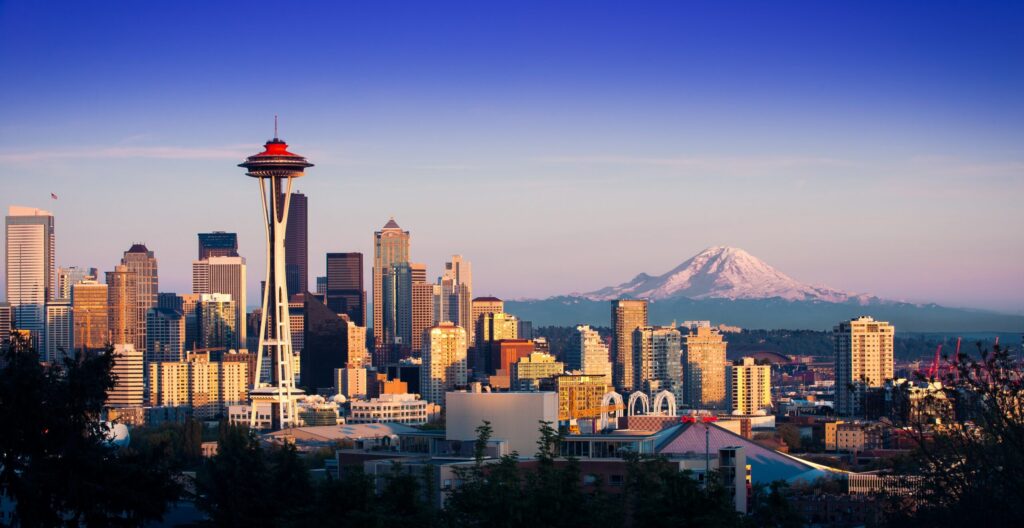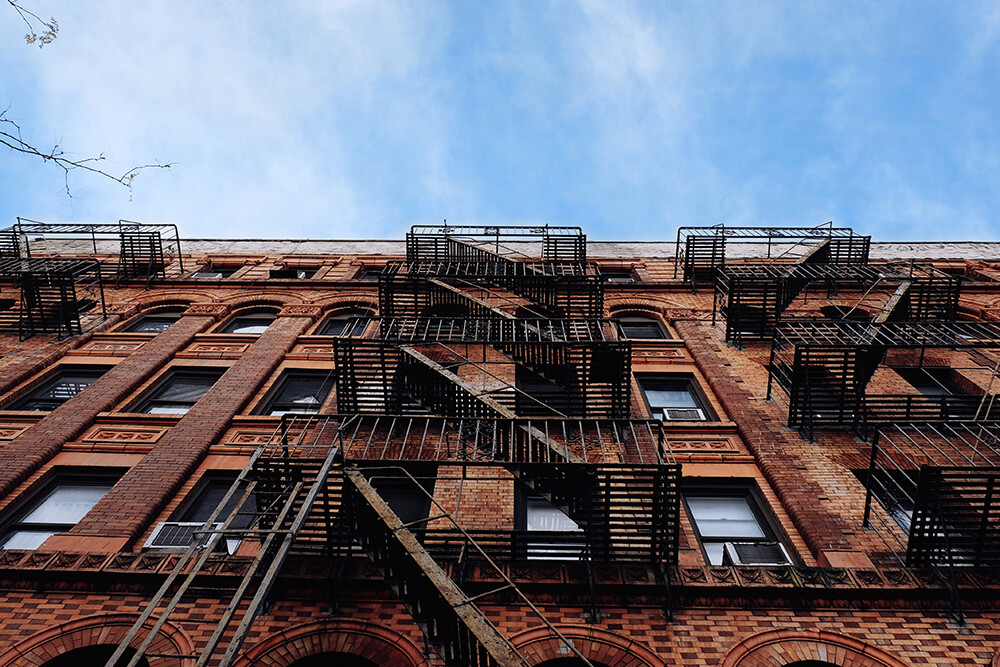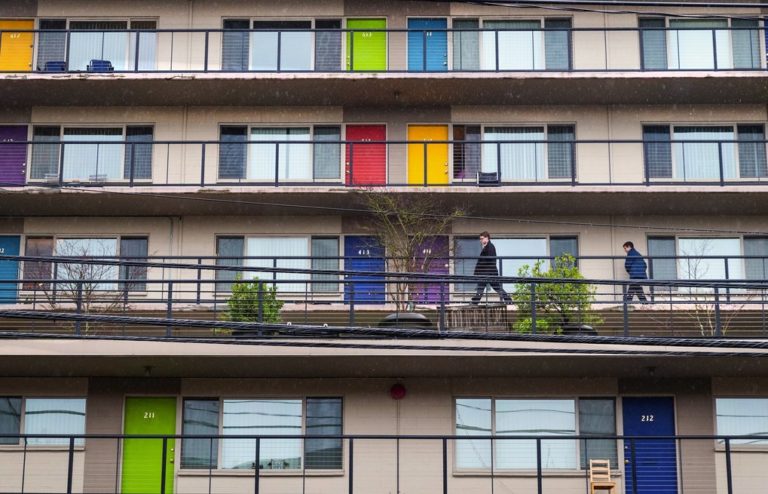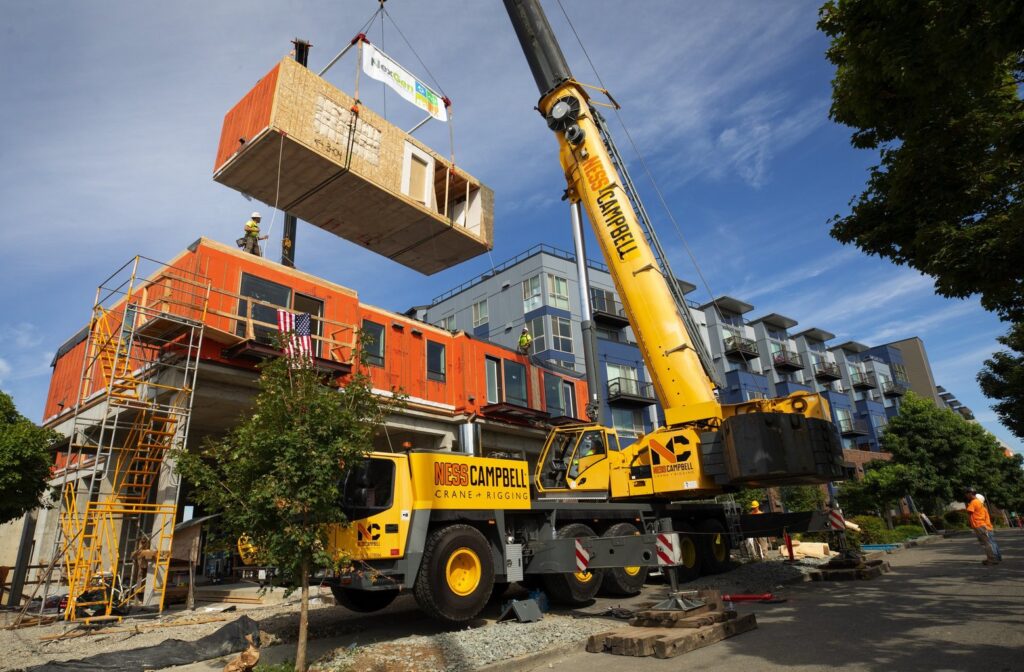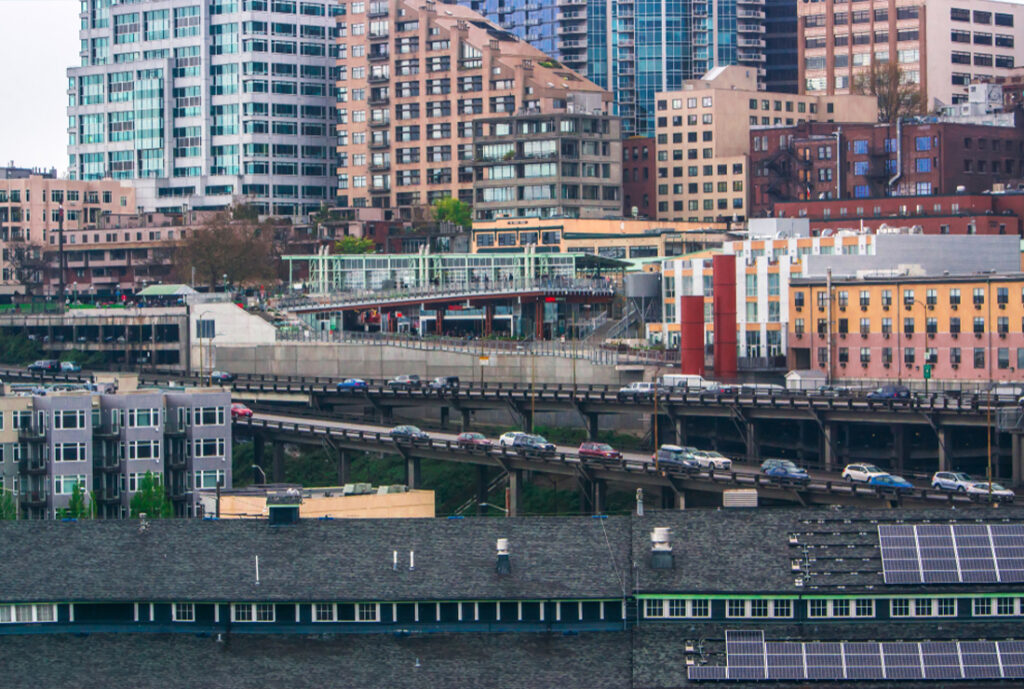The Urbanist: “Boost Seattle’s Growth Plan to Solve the Housing Crisis”
Ryan Donohue, Chief Advocacy Officer at Habitat for Humanity, argues that to solve Seattle’s housing crisis, the city must create a comprehensive plan that includes zoning reform, pro-development policies and affordable housing incentives.




